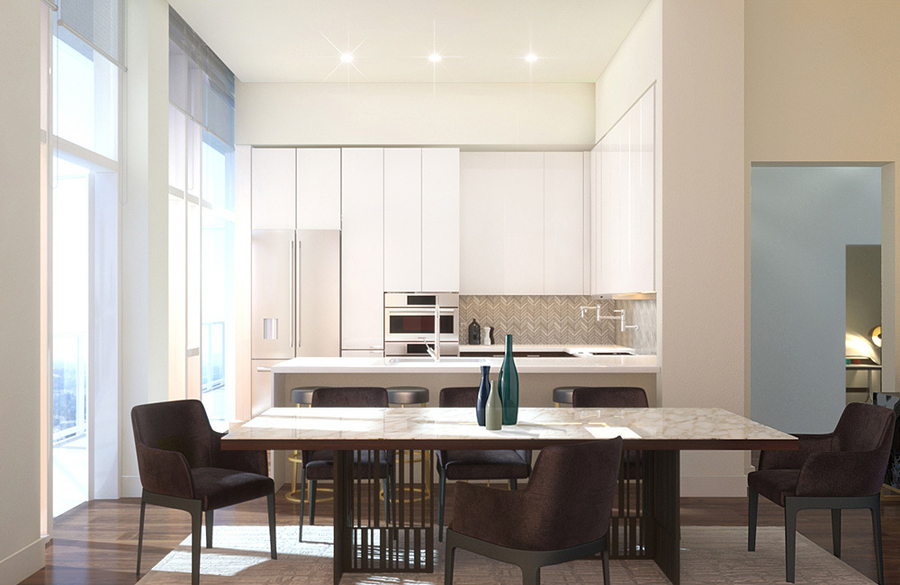Residential Lighting Design 101: Understanding Ambient Lighting
Ambient Lighting is the Essential Starting Point

Lighting is all about form and function. It's an essential part of any home, as where would we be without light? But beyond the crucial function of illumination, there is the aesthetic component, just as important in making a house feel like a home.
We’ve discussed the three essential elements of residential lighting design in the past: ambient, task, and accent. This post will cover the basics of ambient lighting and what to think about for your Dunwoody, GA home. Ambient lighting is essential, but there are many options to consider. Please follow with us below.
SEE ALSO: Make Residential Interiors Shine with Superior Lighting Design
What Should Ambient Lighting Do?
As you might surmise, ambient lighting is the light you need for general purpose illumination in a room. In a hallway, it’s essential so you can safely traverse it. In a kitchen, it might be your overhead lighting for the space, but not specific lighting like that above your range or under counters.
Most lighting designers recommend 20 lumens of ambient lighting per square foot. Lumens are a measure of light output, not to be confused with watts, which is the power consumption of a bulb or fixture. For reference, a typical 100-watt incandescent bulb could produce about 1600 lumens. With LED lighting consuming up to 80 percent less energy than incandescent, it takes many fewer watts of power to have the same amount of lumens.
Types of Ambient Light Sources
The first type of light to consider is natural daylight! Depending on the space, windows, skylights, glass doors, and other features provide a reasonable amount of ambient light by day, so you'll want effective control of ambient lighting for daytime use. Next, flush-mount lighting like ceiling cans provides ambient light. With modern LED technology, many more options exist for this type of light. Chandeliers, which you may find in entryways, dining areas, and even over bathtubs, are another ambient light source.
Ceiling-hung pendant lighting is popular over kitchen islands and other areas. Wall sconces are used in many spaces, from hallways to dining rooms and home theaters, to provide additional ambient light in a more subtle way and set a different ambiance. Cove lighting is also popular in ceiling recesses or architectural features, adding more decorative but still functional ambient light. LED technology has transformed all of these lighting types, offering more design flexibility than ever before.
Controlling Light
An effective layered lighting plan starts with carefully considered ambient lighting. Lighting control is also essential to creating both a functionally illuminated and aesthetically pleasing space. Yes, you could have many dimmers and switches, but a lighting control system can automate and more precisely set layered lighting levels for any and all activities in your space. What about natural light? Again, you can choose manual control, but automated powered window treatments provide the ultimate flexibility to take advantage of natural light as part of your ambient lighting plan.
Want to learn more about elevating your residence with a great lighting design? GHT Group has invested heavily in offering the best home lighting technology and solutions, from DMF LED lighting to tunable Ketra lights and Lutron lighting control. Call us at (770) 955-8909, contact us here, or use the chatbox below to connect with us right away. We look forward to working with you!